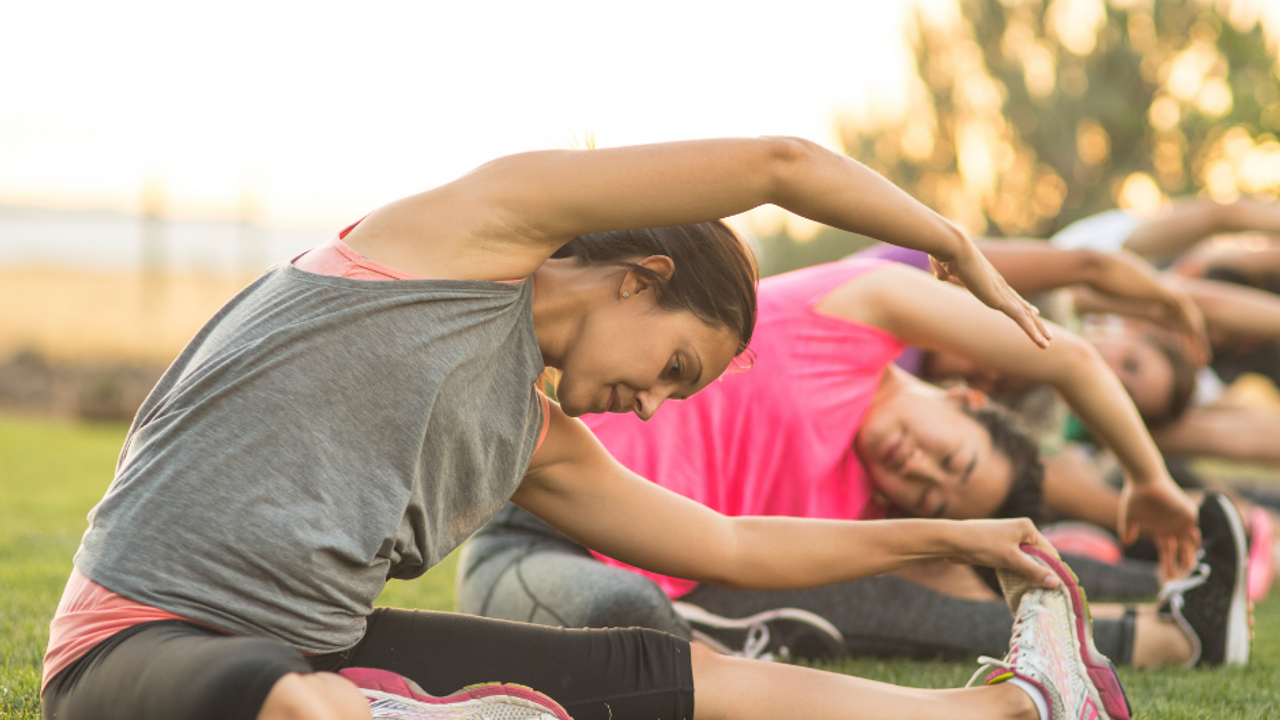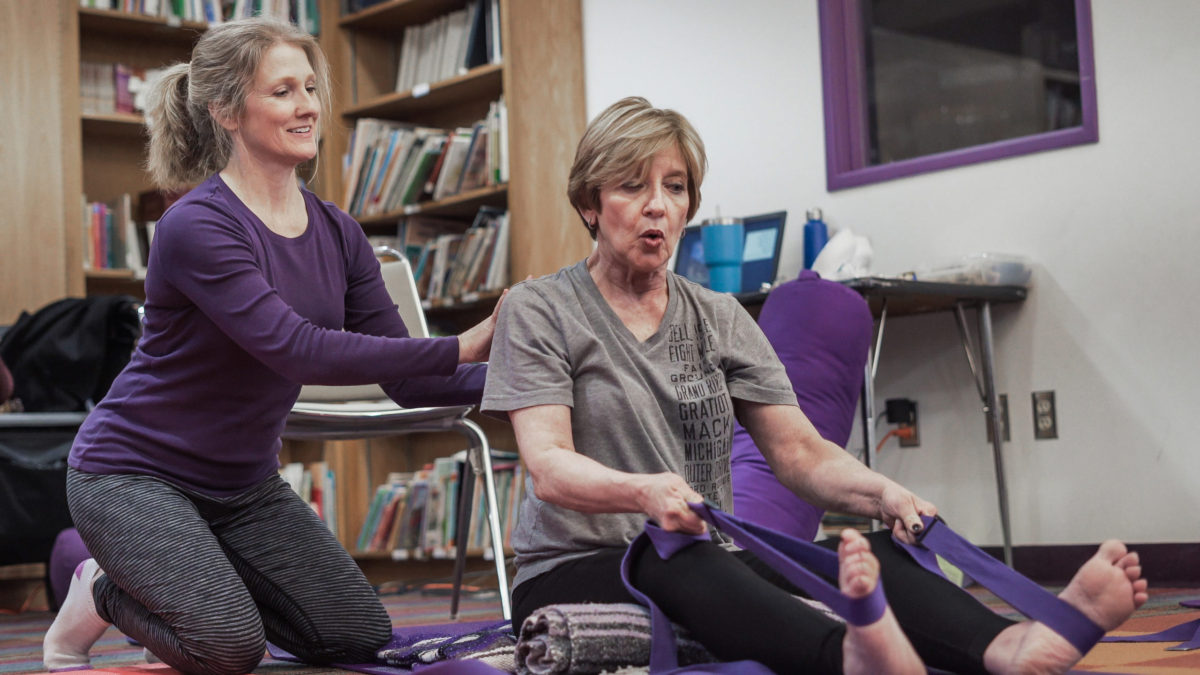
Yoga is a science and an art that unites the brain, body, and soul via the practice of breathing exercises, meditation techniques, and physical positions. For individuals suffering from sclerosis, Parkinson’s, cataracts, strokes, as well as other neuromuscular conditions, yoga can prove to be beneficial.
Yoga asana, the bodily exercise of yoga, intimidates many people as they are afraid they are not strong or agile enough. With the help of adaptive yoga, anyone can learn to practice yoga regardless of size, flexibility, weight, or amount of strength. This makes it ideal for folks who have disabilities, including those who use wheelchairs!
Individuals in wheelchairs are often put in nursing homes by their families and might have been abused while in a nursing home. For a lot of such victims, yoga has been a rescue, both physically and mentally.
Adaptive yoga offers so many different forms that it’s simple to create a program that exactly suits everybody, even those who have physical restrictions like paralysis, chronic weariness, or muscle spasms. Read more to learn about adaptive yoga and its advantages.
What Exactly Is Adaptive Yoga?
Some people believe you must have every piece of equipment, including a yoga mat and clothes. Others believe that their physical or psychological conditions will hinder them from engaging in physical exercises like yoga. But yoga does not adhere to a universal ideology. Because everybody is different and every person does yoga in a specific fashion, all yoga is, in a sense, adaptable.
Instead of pushing the body into a specific pose or shape, adaptive yoga adapts classic postures to the physical body. In addition to breathing exercises, props such as quilts, seats, yoga straps, and blocks can be used to cater to the varied needs of people with various abilities. Yoga postures can be modified to be performed on the ground, when standing, or on a seat.
Yoga that takes into account all bodies and capabilities is called adaptive yoga. Everybody can do it, and several versions are taught, enabling the postures and poses to be customized to a person’s goals and capabilities. Other terms for this technique are adapted yoga and accessible yoga.
Advantages of Adaptive Yoga

In addition to the general advantages of yoga that everyone experiences when practicing, there seem to be a few crucial advantages that are particularly important for individuals who have physical limitations, chronic illnesses, injuries, or other health issues.
- It can be done anywhere, including in a wheelchair: Anyone of any movement level can practice adaptive yoga at any place. You do not need to be fully able-bodied or push your body into difficult postures. The best part for those in wheelchairs is that they can easily perform it all while seated. Yoga is also simple enough that even young children and senior citizens can practice it.
- Can enhance living quality: According to a 2017 research on a diverse group of people with various abilities, their quality of life—as shown by their psychological and social wellbeing—had significantly improved.
- Possibly a secure and efficient therapeutic choice for Parkinson’s patients: According to one study, adaptive yoga helped Parkinson’s patients with their physical functioning while also lowering their risk of developing depression and anxiety symptoms.
- Can improve compassion for oneself: Although many disabilities manifest as physical problems, their psychological impacts might be the most severe. Yoga may help with the psychological repercussions of spinal cord injury, including self-compassion.
- Can enhance daily performance: According to one study, practicing modified yoga helped persons with brain impairments move faster and with better balance.
- Stress reduction and improved mental well-being: Yoga that blends gentle motions and postures with concentrated breathing is referred to as accessible yoga or adaptive yoga. It is a secure and encouraging practice.
Why Practice Yoga?
Multiple physical problems of neuromuscular diseases can be alleviated through yoga. Even though a particular posture is not a remedy, individuals may notice a staggering array of positive effects from it, including increased strength, flexibility, body position, stability, focus, bloodstream, digestive health, elimination, pelvic floor wellness, reduced tension, exhaustion, spasticity, and other muscle aches, as well as general coping mechanisms to deal with symptoms.
The practice of breathing and posture helps the body’s energy to move more easily. A strong mind-body link leads to a greater level of individual awareness and peaceful expression, which facilitates rapid recovery. Yoga asanas make individuals feel more at peace, entire, and in tune with their bodies and minds than they are defined by a diagnosis or sickness.
Conclusion
The exercises of adaptive yoga are modified to fit a person’s physical capabilities. Even though there are virtually always fantastic modifications for every yoga posture, many individuals still cannot take advantage of yoga because of physical restrictions.
Adaptive yoga opens up yoga to everyone, whether they are sitting, standing, or lying on the floor. Because of this
, a growing number of yoga studios are designing yoga classes that are adaptable/accessible for all.Disclaimer
The Content is not intended to be a substitute for professional medical advice, diagnosis, or treatment. Always seek the advice of your physician or other qualified health provider with any questions you may have regarding a medical condition.